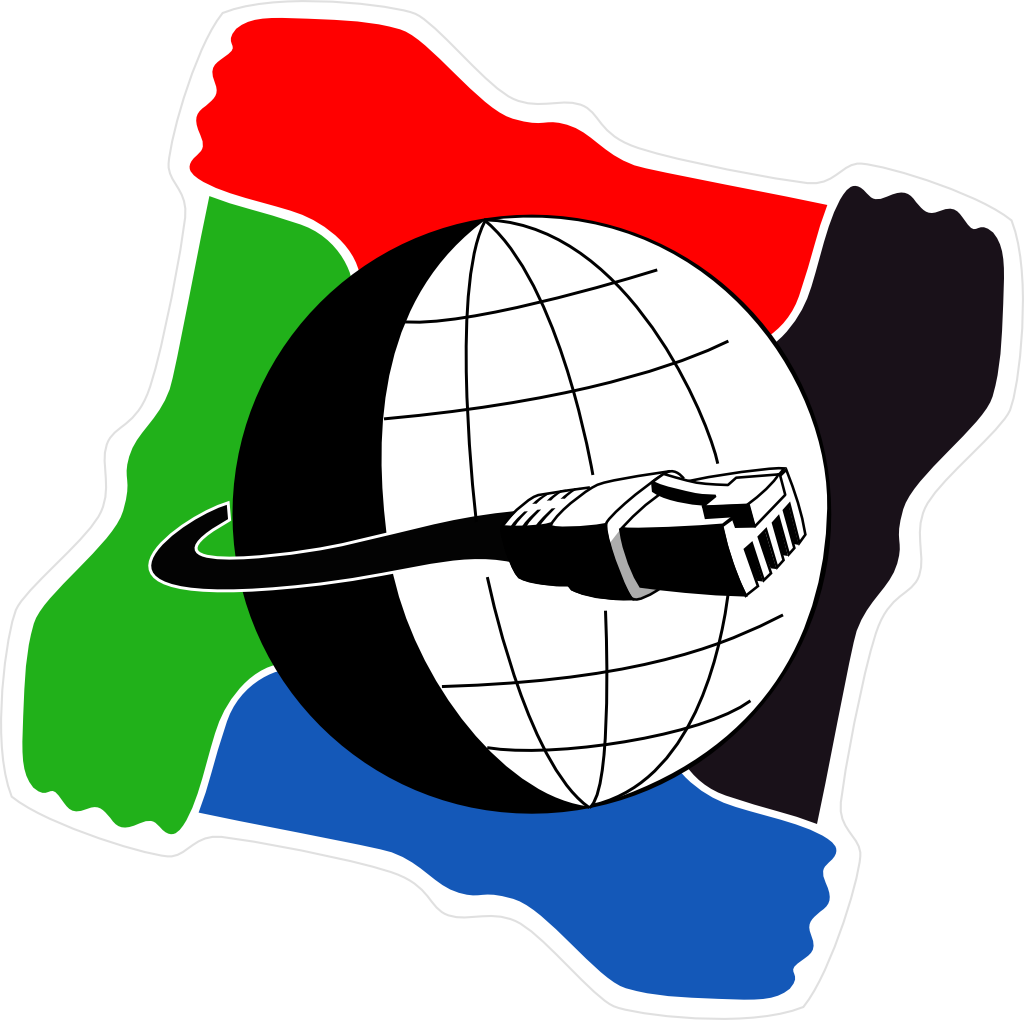Archetypes are an often researched area of interest; the most notable researchers being Carl Jung and Joesph Campbell. In this post, I’d like to focus on female archetypes, specifically, female archetypes in mythology and folklore.
Typically, the female archetypes reflect role and perception of women in the culture and age that the myth belong to (or originated from). Among the various female archetypes from different cultures, myths and ages, nothing is more contrasting than the one in the western mythology and Indian (I make no mention of other eastern mythology ‘cuz I dont know enough about them).
All of the female archetypes in western fairy tales, and Judeo-Christian mythology are a combination of weak, motherly, manipulative, gossipy, insubordinate, ‘evil’, and virginal (in a side-kick sort of way). To illustrate better:
- ‘Damsel in distress’ is a combination of weak and virginal
- ‘Fairy godmother’ is motherly
- ‘Evil step-mother’ or ‘evil step-sister’ is a combination of ‘evil’ and manipulative
- Lot’s wife in the Bible is a combination of weak, gossipy, and insubordinate
- Eve in the Bible is a combination of weak and insubordinate, and so on.
Although there are a few positive archetypes, none of them come close to the male archetype ‘Hero’ that is the most popular one in all myths and folktale.
Contrastingly, however, in Indian/Hindu mythology, there are many positive female characters that translate to some positive male archetypes that approaches the ‘Hero’ archetype. Take for instance, the story of the Hindu goddess ‘Durga’ she was bestowed with the best traits/weapons of all the gods to create the most powerful being the slay the demon that none of the god could kill individually.
Similarly, the character of ‘Kali’ is another example of the female ‘Hero’ archetype in Hindu mythology. In fact, although the character of ‘Radha’, Krishana’s lover may not seem like the classic ‘hero’ archetype, the life of ‘Radha’ follows Joseph Campbell’s classic ‘Hero’s journey’. She is a simple (virtually unknown) human lover and subsequently ascends to be the divine better half of Krishna.
It is interesting to note that the all the female archetypes in western folklore and mythology are present in the Hindu mythology as well. But Hindu mythology provides a a wider range of female archetypes that includes the ‘Hero’ archetype. In other words, all archetypes were applied equally to both men and women. It goes to demonstrate that in the Vedic age, women were considered on par with men. Something that India has lost today, and worse, something the west hasn’t had for over two thousand years, and women continue to struggle for equality.


Comments are disabled for this post